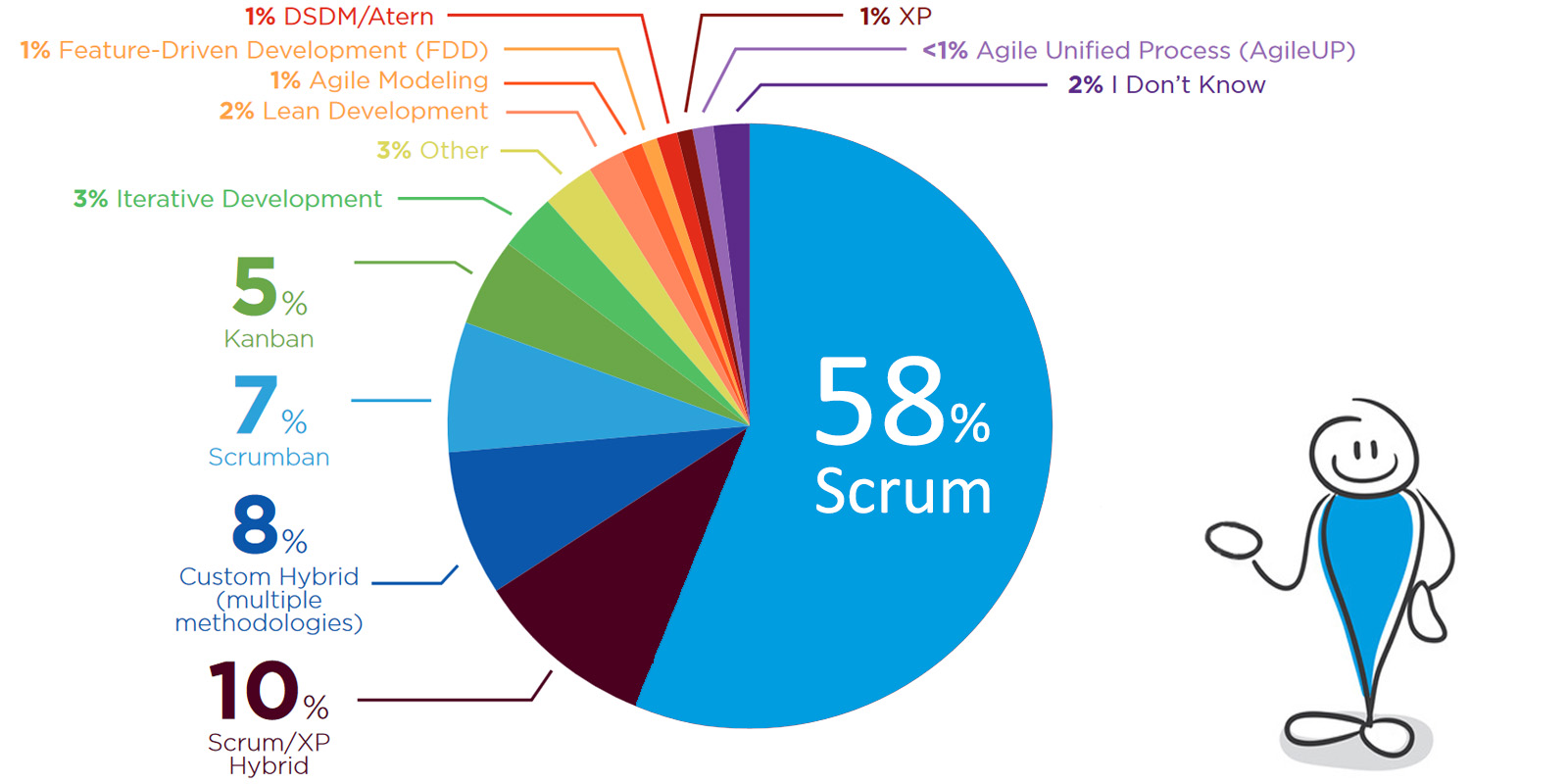What is Agile?
What is Agile?
Term Agile is only a kind of shortcut actually - full name is Agile Software Development. But to make it shorter let's stay with Agile. In general, Agile refers to a group of software development frameworks in most cases based on iterative development, where requirements and solutions evolve through collaboration between self-organizing, cross-functional teams and customers (or business representatives).
Agile refers to any development process that is aligned with the concepts of the Agile Manifesto. It promotes adaptive planning, early delivery, continuous improvement, encourages rapid and flexible response to change.

Agile frameworks generally promote a disciplined product management process that encourages frequent inspection and adaptation with transparency, encourages teamwork, self-organization and accountability with set of engineering best practices intended to allows for rapid delivery of high-quality software and a business approach that aligns development teams with customer needs and company goals.
Agile Manifesto
The Agile Manifesto was developed by a group of 14 leading figures in the software industry and reflects their experience of what approaches do and do not work for product development. So, here it is:
"We are uncovering better ways of developing software by doing it and helping others do it. Through this work we have come to value:
That is, while there is value in the items on the right, we value the items on the left more."
(more on agilemanifesto.org)
Agile Frameworks
Scrum or Scrum variants continue to make up more than two-thirds of the frameworks being used. More frameworks you can find on the picutre below. I won't describe all frameworks here - if you're interested please visit my blog to find out more.

(more in VersionOne annual Agile report)
